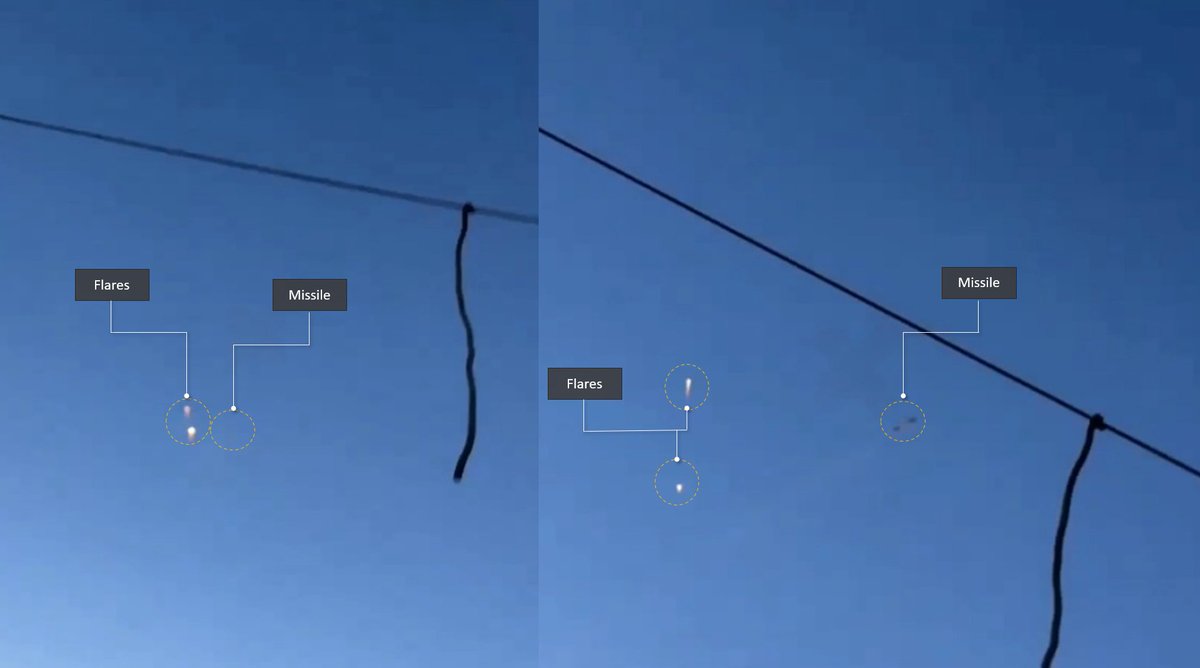Thread🧵
I obtained a russian document titled "Regulation on Storm Units Z of the 8th Combined Arms Army." This document outlines the objectives, organization, and logistical requirements of 'Storm Z' units. After analyzing its contents, I have distilled the main points.
I obtained a russian document titled "Regulation on Storm Units Z of the 8th Combined Arms Army." This document outlines the objectives, organization, and logistical requirements of 'Storm Z' units. After analyzing its contents, I have distilled the main points.

2/ The document defines "Storm Z" Company as an independent, joint, tactical, combined-arms company temporarily created outside the regular army corps unit structure for immediate operational use in performing particularly complex combat missions. 

3/ The document outlines a request to establish 'Storm Z' companies within the following units:
Separate Motorized Rifle Brigades: 1st, 9th, 110th, 114th of the 1st Army Corps
Motorized Rifle Regiments(150th division): 102nd, 103rd
Separate Motorized Rifle Brigades: 1st, 9th, 110th, 114th of the 1st Army Corps
Motorized Rifle Regiments(150th division): 102nd, 103rd
4/ Tank Regiments(150th division): 68th, 163rd
Separate Motorized Rifle Brigades: 4th, 6th, 7th, 110th, 123rd, 132nd.
Separate Motorized Rifle Brigades: 4th, 6th, 7th, 110th, 123rd, 132nd.
5/ The composition of the company (or detachment) has a flexible structure that varies depending on the received combat mission, the situational conditions, the terrain, and other factors, and is completed with the necessary number of personnel 

6/
"Storm Company Z" (100 personnel) structure:
4x Capture Squad (10 personnel each)
4x Fire Support Squad (10 personnel each)
1x Company Command (2 personnel)
1x Combat Engineering Group (5 personnel)
1x Reconnaissance Group (8 personnel)
"Storm Company Z" (100 personnel) structure:
4x Capture Squad (10 personnel each)
4x Fire Support Squad (10 personnel each)
1x Company Command (2 personnel)
1x Combat Engineering Group (5 personnel)
1x Reconnaissance Group (8 personnel)

8/ The goals of the Storm 'Z' company are:
• To conduct combat operations in a city (settlement) or areas with difficult geographical conditions.
• To capture important objects such as strongholds, command posts, communication centers, buildings, structures
• To conduct combat operations in a city (settlement) or areas with difficult geographical conditions.
• To capture important objects such as strongholds, command posts, communication centers, buildings, structures

9/
• To carry out sabotage operations in territories controlled by the enemy.
• To search for and destroy sabotage and reconnaissance groups.
• To carry out sabotage operations in territories controlled by the enemy.
• To search for and destroy sabotage and reconnaissance groups.

10/
• To block structures and eliminate enemy forces within them.
• To adjust artillery fire and air support
• To block structures and eliminate enemy forces within them.
• To adjust artillery fire and air support

11/ It should be noted that the servicemen who join the Storm-Z unit are granted a status equivalent to that of "BARS" volunteers, and they receive a salary of 205,000 rubles per month for the duration of their contract. 

12/ GROUP TRAINING
The training and coordination of Z Company typically requires 10 to 15 days and is conducted in three stages.
During the first stage, the focus is on restoring military personnel's proficiency in various skills, including weapons handling, first aid,
The training and coordination of Z Company typically requires 10 to 15 days and is conducted in three stages.
During the first stage, the focus is on restoring military personnel's proficiency in various skills, including weapons handling, first aid,
13/ camouflage, shelter preparation, reconnaissance, and communication. The training also includes specialized instruction for UAV operators and mine and booby trap deployment and removal.
14/ The second stage of training involves squad coordination, with a focus on joint actions of military personnel in combat pairs, trios, and squads. It includes self-help and mutual assistance, mutual fire cover, radio communication,
15/ and preparation for coordinated actions during marches, urban assault, capturing fortified points, and securing gains.
The third stage of training involves the coordination of platoons, with a main focus on preparing them for conducting assault operations
The third stage of training involves the coordination of platoons, with a main focus on preparing them for conducting assault operations
16/ and coordinated joint actions during marches, urban assaults, capturing fortified points, and securing gains.
It is noteworthy that Company Z includes inmates, and there are particular regulations concerning their participation, which I will cover in the Part II.
It is noteworthy that Company Z includes inmates, and there are particular regulations concerning their participation, which I will cover in the Part II.

17/ Kindly ensure to like and follow, as Twitter algorithms tend to demote content related to war and Ukraine, so you do not miss the second part.
• • •
Missing some Tweet in this thread? You can try to
force a refresh















